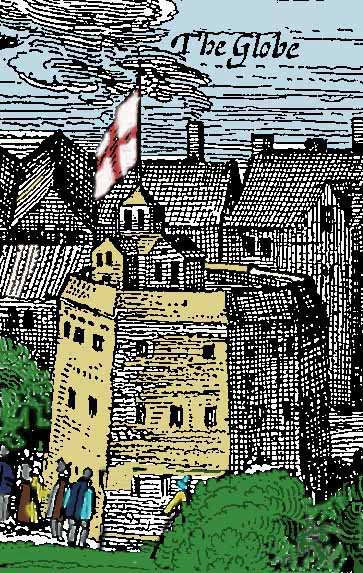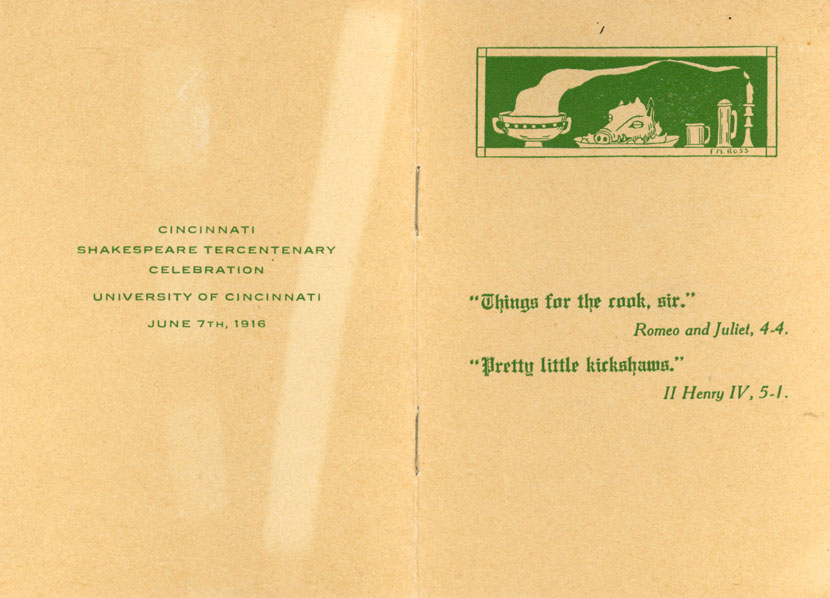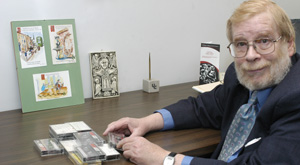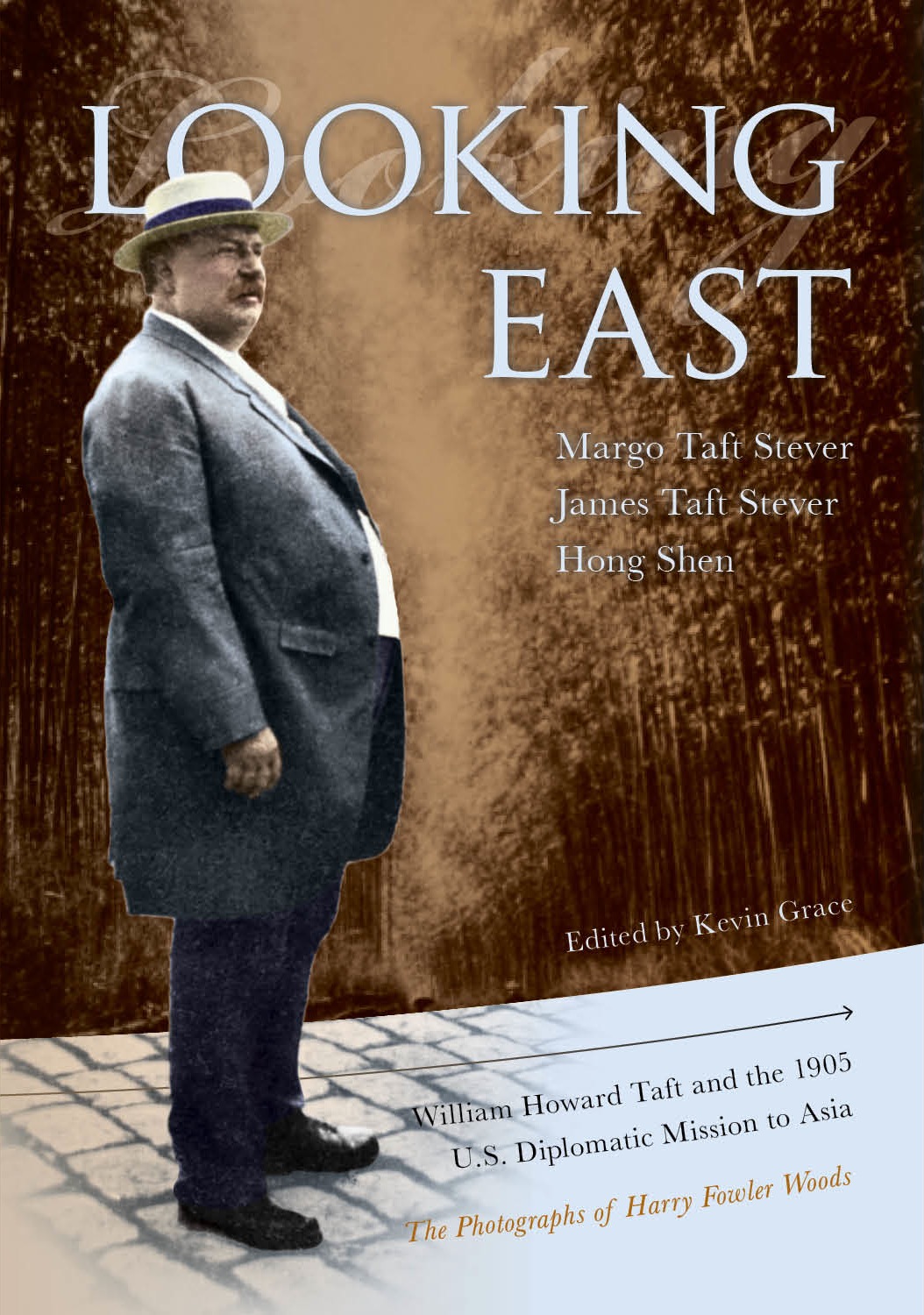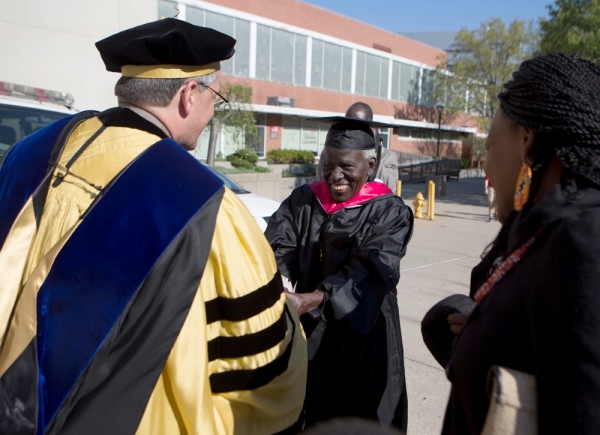 On Saturday, October 17, the 9th annual Books by the Banks: Cincinnati USA Book Festival will take place downtown at Duke Energy Convention Center from 10:00 a.m. to 4:00 p.m. Once again, UC Libraries is an organizing partner of the literary event that allows readers to meet and greet favorite authors.
On Saturday, October 17, the 9th annual Books by the Banks: Cincinnati USA Book Festival will take place downtown at Duke Energy Convention Center from 10:00 a.m. to 4:00 p.m. Once again, UC Libraries is an organizing partner of the literary event that allows readers to meet and greet favorite authors.
The day-long festival will feature over 100 regional and national authors, book signings, author panels and activities for the entire family to enjoy. The popular “Writing and Getting Published” series returns this year with panel discussions covering hot topics for writers and workshops to help hone the craft of writing. All events are free and open to the public. Continue reading

